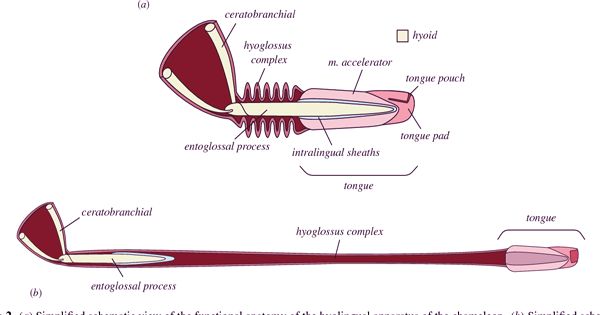A team of researchers from Purdue University is pointing out from nature that fast-paced robotics is designed to inspire fast-paced robotics to enable it to grasp and move objects at serious speeds. With expanded polymers, they say that these soft robots could inform future robot production efficiency.
The internal pneumatic channels expand with snap and grab pressure, yet are able to release their hold on an object by contract. High-powered and high-speed, robots gain their strength from their elastic strength or the ability to stretch to
varying degrees to move quickly. It all comes from biomimetics: the hyper-elastic tendons in the nuts, the rapid motion of Venus’s flytraps, and of course the guru’s quick tongues.

Chameleon tongue inspires fast-acting robots with flash-like reflexes
A robot is capable of extending up to five times its own length and can catch and recover a straight-flying beetle in just 120 milliseconds. Say that to the hunting for fruit in your kitchen.
Elastic energy is best shortened as a stretch rubber band. By gently pulling the rubber band, stress is applied to the material which, when released, quickly returns to its original shape. This same ability is seen in three-legged almond-like animals whose elastic energy is stored in the tendons behind their feet. “We believe that if we could build robots capable of accomplishing such huge-amplitude speeds at high speeds like chameleons, many automated tasks could be accomplished more accurately and faster,” study author Ramsey Martinez said in a statement. “Conventional robots are usually built using hard and heavy
materials that slow them down due to inertia. We wanted to overcome that challenge. ”
Robots that take their inspiration from three-toothed nuts are only able to catch a ball at a speed of 10 millimeters per second in 65 milliseconds. Revealing their work on advanced functional materials, the researchers said that they’re biologically inspired robotic grippers are capable of holding up to 100 times their own weight upside down at an angle of 116 degrees – much like a wooden tree for food while sleeping or hunting.
Researchers believe that their soft robots are different from the others currently available. Animals do not deserve all credit. Martinez and his team were also inspired by the Venus flight trap’s ability to snap prey quickly and efficiently. They were similarly able to build a robot that could shut down in just 50 milliseconds with the rapid expansion of pressure.
“We anticipate that the design and fabrication techniques proposed here will pave the way for a new generation of fully flexible robots capable of providing stable power to achieve currently accessible speeds and speeds for existing new robots,” Martinez said. It remains to be seen, however, whether they were used to make the product or to catch fruit flies in the kitchen.















